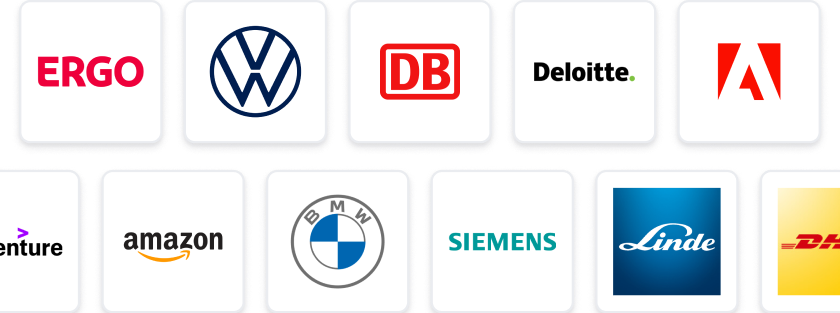At a Glance
- Tasks: Join us to analyse and validate aircraft structures using advanced FEA techniques.
- Company: Be part of a leading aerospace team in Bristol, working on innovative projects.
- Benefits: Enjoy a hybrid work model with flexible hours and competitive pay.
- Why this job: Make a real impact in aviation while developing your engineering skills in a collaborative environment.
- Qualifications: 5+ years in aircraft stress analysis with expertise in FEA tools like MSC Nastran.
- Other info: This is a 12-month contract role, perfect for those looking to enhance their aerospace career.
The predicted salary is between 48000 - 72000 £ per year.
Job Opportunity: FEA/Aircraft Stress Analysis Engineer
Location: Hybrid – Bristol
Contract Length: 12 Months
Rate: Outside IR35
We’re currently looking for an experienced FEA/Aircraft Stress Analysis Engineer to join our client’s team on a 12-month contract basis. This is a hybrid role based in Bristol. This is an excellent opportunity to work on high-impact aircraft structural projects, contributing to the design, analysis, and validation of metallic and composite components.
Key Responsibilities:
- Perform stress analysis on primary and secondary aircraft structures.
- Develop GFEM and DFEM models for structural evaluation and sizing.
- Conduct linear and non-linear FEA using tools such as MSC Nastran/Patran, HyperMesh.
- Support design modifications and validate them through FEA.
- Prepare and deliver technical documentation and participate in PDR/CDR reviews.
- Ensure compliance with FAR/CAR and other relevant regulations.
- Drive automation and process improvements through scripting and tool development.
- Provide engineering support on field issues and propose alternative solutions.
Required Skills & Experience:
- Minimum 5 years’ experience in aircraft stress analysis.
- Strong background in metallic and composite structures.
- Proficiency with MSC Nastran/Patran, HyperMesh.
- Expertise in 2D & 3D FE modeling, classical methods, and hand calculations.
- Experience in F&DT analysis.
- Familiarity with scripting tools such as TCL, VBA, Python.
- Working knowledge of aerospace standards (e.g., Airbus, Boeing, Bombardier).
- Excellent communication and problem-solving skills.
Desirable:
- Experience with CAD tools, PLM systems (Teamcenter, Windchill).
- Familiarity with ISAMI and Airbus toolsets.
- Previous stress signatory experience is a plus.
Please apply via the platform below!
Aerospace Engineer employer: Empiric
Contact Detail:
Empiric Recruiting Team
StudySmarter Expert Advice 🤫
We think this is how you could land Aerospace Engineer
✨Tip Number 1
Network with professionals in the aerospace industry, especially those who have experience with FEA and stress analysis. Attend relevant conferences or webinars to meet potential colleagues and learn about the latest trends and technologies.
✨Tip Number 2
Familiarise yourself with the specific software tools mentioned in the job description, such as MSC Nastran/Patran and HyperMesh. Consider taking online courses or tutorials to enhance your skills and demonstrate your proficiency during interviews.
✨Tip Number 3
Prepare to discuss your previous projects in detail, particularly those involving stress analysis of aircraft structures. Be ready to explain your role, the challenges you faced, and how you overcame them, showcasing your problem-solving abilities.
✨Tip Number 4
Stay updated on aerospace standards and regulations, as compliance is crucial in this role. Being knowledgeable about FAR/CAR and other relevant guidelines will not only help you in the job but also impress your interviewers.
We think you need these skills to ace Aerospace Engineer
Some tips for your application 🫡
Tailor Your CV: Make sure your CV highlights relevant experience in aircraft stress analysis and FEA. Emphasise your proficiency with MSC Nastran/Patran and HyperMesh, as well as any scripting skills you possess.
Craft a Strong Cover Letter: Write a cover letter that specifically addresses the key responsibilities mentioned in the job description. Explain how your background in metallic and composite structures aligns with their needs and showcase your problem-solving skills.
Highlight Relevant Projects: In your application, include specific examples of past projects where you performed stress analysis or developed GFEM and DFEM models. This will demonstrate your hands-on experience and technical expertise.
Proofread Your Application: Before submitting, carefully proofread your application for any errors or inconsistencies. A polished application reflects attention to detail, which is crucial in engineering roles.
How to prepare for a job interview at Empiric
✨Showcase Your Technical Skills
Be prepared to discuss your experience with FEA tools like MSC Nastran/Patran and HyperMesh. Highlight specific projects where you performed stress analysis on aircraft structures, as this will demonstrate your hands-on expertise.
✨Understand the Regulations
Familiarise yourself with FAR/CAR regulations and aerospace standards relevant to the role. Being able to discuss how you've ensured compliance in past projects will show that you take safety and regulations seriously.
✨Prepare for Problem-Solving Questions
Expect questions that assess your problem-solving skills, especially regarding field issues. Think of examples where you proposed alternative solutions and how you drove automation or process improvements through scripting.
✨Communicate Clearly
Excellent communication is key in this role. Practice explaining complex technical concepts in a clear and concise manner, as you may need to prepare technical documentation and participate in reviews.
